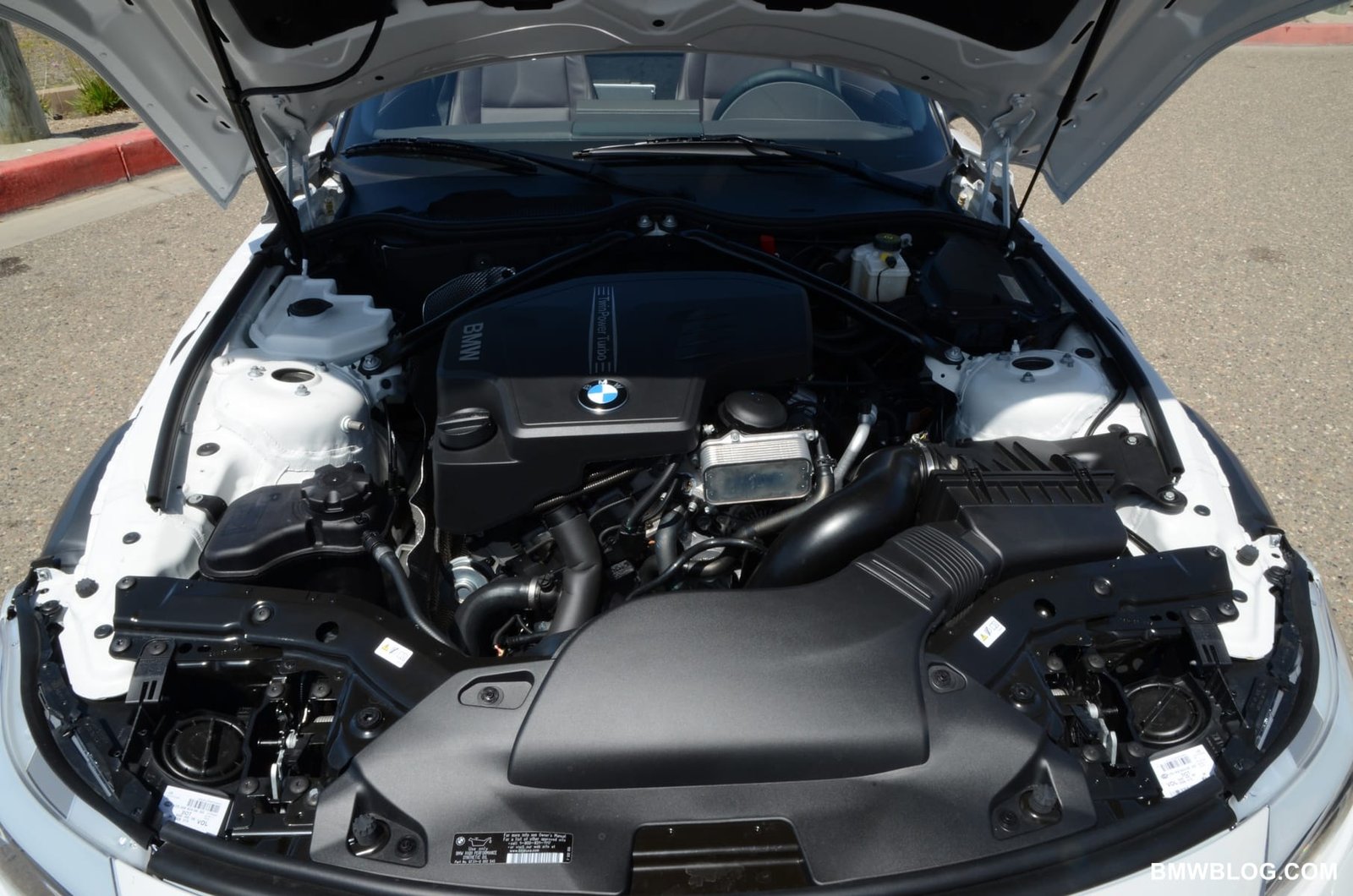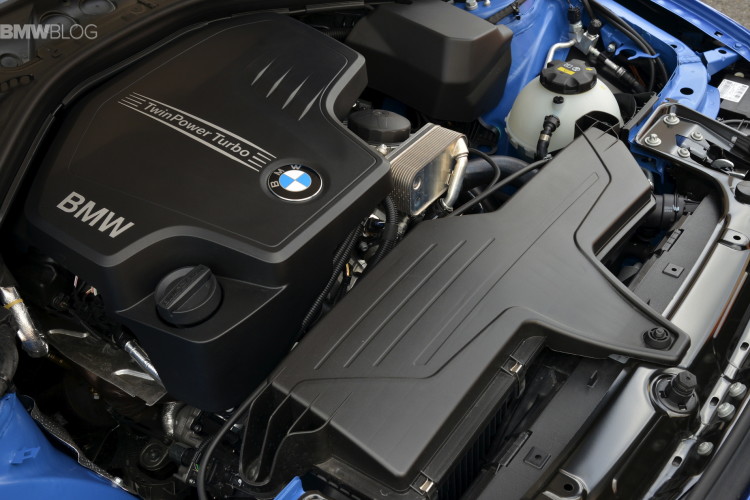When BMW introduced the N20 engine in 2011, it marked a significant pivot in the brand’s approach to powertrain design. Downsizing from naturally aspirated six-cylinders to a turbocharged four-cylinder, the N20 was BMW’s answer to stricter emissions regulations and growing demand for efficiency—without abandoning the brand’s trademark performance. Used across a wide range of models, from the 3 Series to the Z4, the N20 remains a popular engine on the used market. But how good is it really?
This article dives into the pros and cons of the BMW N20 engine, its reliability record, tips for maintenance, and even what you should know before tuning one.
What Is the BMW N20 Engine?
The BMW N20 is a 2.0-liter inline-four turbocharged engine with direct injection and variable valve timing (VANOS and Valvetronic). It debuted in 2011 and replaced the naturally aspirated inline-six N52 and N53 engines in most non-M models. With outputs ranging from 154 to 241 horsepower (and torque from 199 to 258 lb-ft), the N20 powered models like the F30 328i, F10 528i, X1, X3, and Z4 sDrive28i.
Despite being a four-cylinder, the N20 was engineered to match the power and driving character of the previous six-cylinder engines it replaced—thanks to its TwinScroll turbo, high compression ratio (10.0:1), and strong low-end torque.
Pros of the BMW N20 Engine
1. Strong Performance for a Four-Cylinder
The N20 delivers impressive torque as early as 1,250 rpm, giving it a punchy character that’s especially noticeable in city driving. The 240-hp version found in the F30 328i offers 0–60 mph times in the low 5-second range—on par with older inline-six models.
2. Efficiency
Thanks to its small displacement and forced induction, the N20 delivers solid fuel economy. On the highway, many drivers report 34+ mpg, especially in rear-wheel-drive models.
3. Lightweight
Swapping the heavier inline-six for a lighter four-cylinder improved weight distribution and steering feel, particularly in smaller models like the F30 and F22.
4. Tuning Potential
With an ECU tune alone, the N20 can make gains of 40–60 horsepower. Bolt-on mods and E85 support take it even further, making it a compelling platform for enthusiasts on a budget.
Cons of the BMW N20 Engine
1. Timing Chain Issues
The Achilles heel of the early N20 engines is the timing chain assembly—specifically the plastic chain guides. Pre-2015 models are known to suffer premature timing chain wear, which can lead to catastrophic failure. BMW issued a service bulletin (but no recall), and many engines were replaced under warranty.
2. Oil Leaks and Consumption
Valve cover gaskets and oil filter housing gaskets tend to leak over time. Additionally, some N20s consume oil, though not nearly to the same extent as the older N62 V8s or some N54 engines.
3. High-Pressure Fuel Pump (HPFP)
While not as problematic as in the N54the N20’s HPFP has been known to fail, particularly on higher-mileage examples.
4. Turbo Longevity
The single TwinScroll turbo isn’t a frequent failure point, but it can suffer from wastegate rattle and boost issues with age, especially on tuned engines or those with neglected oil changes.
N20 Reliability: What You Need to Know
When properly maintained, the N20 can be a reliable engine—particularly post-2015 models which received revised timing chain components. However, reliability varies based on how well the car was serviced.
Recommended Preventive Measures:
- Replace the timing chain and guides around 80,000–100,000 miles (on early models).
- Change the oil every 5,000–7,000 miles, not the 10,000-mile interval recommended by BMW.
- Use only high-quality synthetic oil with the BMW LL-01 spec.
- Inspect the coolant system regularly for leaks or clogged hoses.
- Check for oil leaks at the valve cover, oil pan, and filter housing.
Tuning the BMW N20: A Quick Guide
The N20 responds well to tuning and can become a sleeper with relatively minor upgrades. Here’s what many enthusiasts typically start with:
1. ECU TUNE
Stage 1 tunes from reputable companies (like Bootmod3, MHD, or Dinan) yield up to 290 hp and 330 lb-ft of torque.
2. Downpipe Upgrade
Installing a high-flow or catless downpipe reduces backpressure and helps the turbo spool faster. It also enhances sound, but will trigger a CEL without a tune.
3. Intercooler & Charge Pipe
Upgrading the intercooler helps manage heat soak, especially during spirited driving or in hot climates. The plastic charge pipe is also known to crack and should be replaced with an aluminum version.
4. Intake & Exhaust
While less impactful than tuning and turbo mods, a performance intake and cat-back exhaust system can free up a few horsepower and enhance sound.
5. Methanol Injection or E85
Advanced tuners often run E30 blends or meth kits for even more power and knock protection—though these require careful monitoring and supporting mods.
Conclusion: Is the N20 a Good Engine?
The BMW N20 is a solid engine that blends performance, efficiency, and tuning potential in a small package. While early reliability issues—especially the timing chain—tarnished its reputation, later revisions significantly improved its durability. For buyers looking for an affordable entry into BMW ownership or a platform to tune, the N20 remains a strong candidate—as long as you do your homework and keep up with maintenance.
Applications:
BMW N20B20 Engine (2.0L Turbocharged I4)
115 kW Version (154 hp)
- 2013–2016 E89 Z4 sDrive18i
- 2013–2017 f25 x3 sdrive18i
135 kW Version (181 hp)
- 2011–2015 E84 X1 xDrive20i / sDrive20i
- 2011–2017 F25 X3 xDrive20i
- 2012–2015 F30 320i
- 2013–2016 F34 320i Gran Turismo
- 2014–2016 F32 420i
- 2011–2016 F10 520i
- 2013–2016 F10 520LI
- 2011–2016 E89 Z4 sDrive20i
- 2014–2016 F22 220i
- 2015–2017 Brilliance Huasong 7 MPV
160 kW Version (215 hp)
- 2012–2017 F20 125i
- 2013-2016 F10 525LI
- 2015–2017 Brilliance Huasong 7 MPV
180 kW Version (241 hp)
- 2011–2016 E89 Z4 sDrive28i
- 2011–2015 E84 X1 xDrive28i / sDrive28i
- 2012–2017 F25 X3 xDrive28i
- 2011–2016 F30 328i
- 2014–2016 F32 428i
- 2012-2016 F10 528I
- 2013–2016 F34 328i Gran Turismo
- 2014–2016 F22 228i
- 2014–2017 F26 X4 xDrive28i
- 2016–2018 F15 X5 xDrive40e (plug-in hybrid)
Best N20 Models to Consider:
Look for 2015+ models with the B46 successor in mind—or late-production N20 engines with documented service history, especially proof of timing chain replacement. In short, treat the N20 well, and it can give you years of driving joy—turbocharged, of course.







